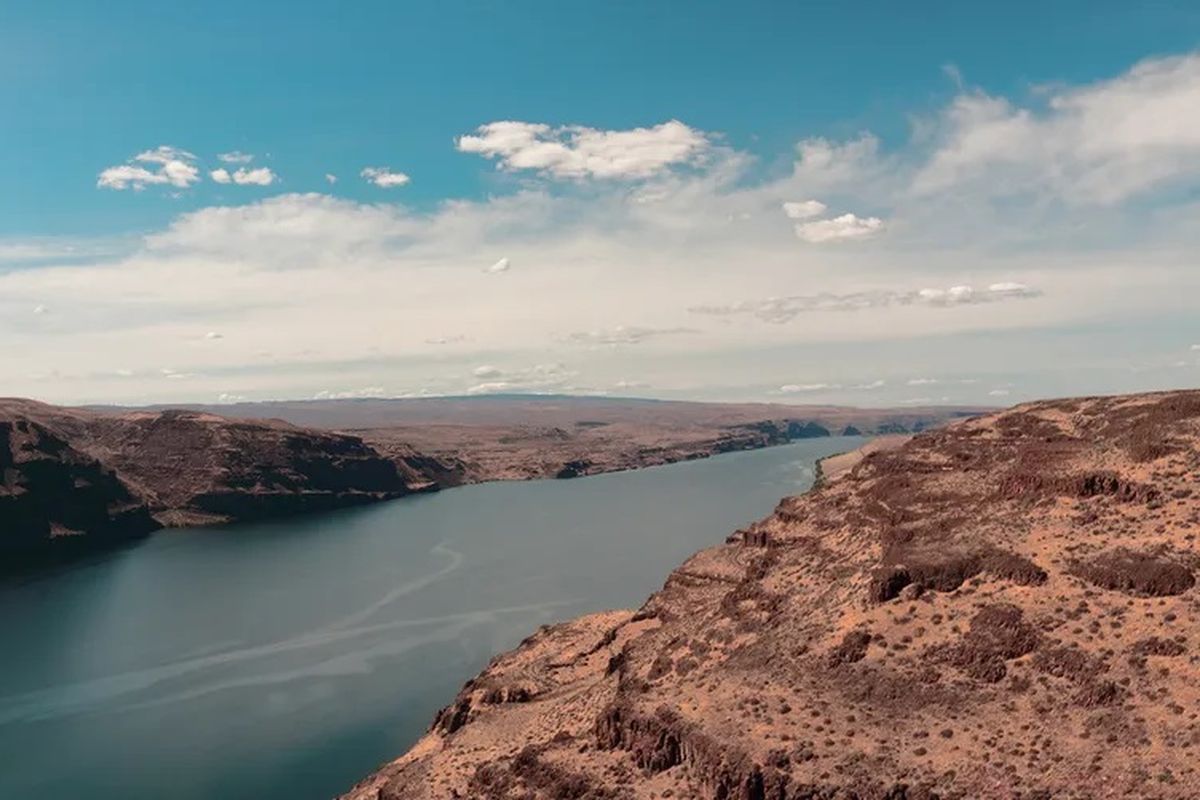Want an electric vehicle? Better keep our hydropower

As we embark on a second “Great Electrification,” in an effort to decarbonize our economy, it’s worth remembering the first one that occurred 80 years ago. Campaigning for president in Portland, Franklin Roosevelt pushed for Northwest hydroelectricity: “This vast water power can be of incalculable value to this whole section of the country.”
Today, the Pacific Northwest enjoys the lowest energy burden[i] and the most reliable,[ii] least carbon-intensive grid in the nation.[iii]
Achieving tomorrow’s zero-carbon grid is more challenging. The Northwest generates 64,000 megawatts of electricity from all sources. Carbon-free hydroelectricity accounts for about half.[iv] Fossil generation? About one-third.[v]
Further decarbonizing our economy while maintaining grid reliability and affordability is a mammoth undertaking. The Nature Conservancy’s latest analysis concludes that the West needs to build 250,000 additional megawatts of generation, covering a land mass up to half New Mexico’s size, to meet 2050 emissions reduction goals.[vi] What if we just decarbonize the grid without electrifying our cars and home heating? Credible analyses put the number somewhat lower: 94,000 to 160,000 new megawatts.[vii] In either case, we’re talking about building more generation in the next 20 years than we did in the past century.
Some dismiss hydroelectricity’s value in achieving those goals. We see it in calls to remove productive hydro facilities and in devaluing hydro’s contribution to keeping families safe during extreme weather events.[viii] It’s a dangerous position. Both the Western Electricity Coordinating Council and the North American Energy Reliability Corporation—two agencies responsible for maintaining grid reliability—have warned of an elevated risk of regionwide blackouts as we combine extreme weather with the retirement of coal and natural gas plants. Without fossil-fuel generation, hydropower will become even more critical to filling in the gaps of intermittent generation from wind and solar power.
West Coast leaders have identified hydropower dams as the next foundation for electrification.[ix] The best scientific research shows hydropower forming the Northwest’s clean energy backbone in confronting drought and other climate change impacts.[x] Northwest dams provided thousands of megawatts to Californians during the extreme heat event in September 2022, while still meeting regional needs.[xi]
The next wave of electrification is one of humanities’ greatest challenges and will be infinitely more difficult if we degrade hydro assets. Governor Jay Inslee and Senator Patty Murray also reached that conclusion after studying the removal of four Lower Snake River dams.[xii]
An all-in approach is required: solar, demand response, next-generation nuclear, wind, conservation, hydrogen, battery, and pumped storage. Geothermal and tidal may have roles as well. No option on its own will meet our needs—only combined with existing hydro resources do we have a chance of meeting our climate goals.
My organization supports:
Hydropower fueled the 20th century’s “Great Electrification” and is the foundation for meeting today’s greatest challenge. We can lead the world in decarbonization, but only if we understand the essential contribution hydropower makes to the cause.
Kurt Miller is the executive director of Northwest RiverPartners (NWRP), representing community-owned electric utilities and other supporters of clean, affordable energy and river transportation across the Northwest.
References
[iii]https://view.officeapps.live.com/op/view.aspx?src=https%3A%2F%2Fwww.eia.gov%2Fenvironment%2Femissions%2Fstate%2Fexcel%2Ftable6.xlsx&wdOrigin=BROWSELINK
[vii] Pacific Northwest Low Carbon Scenario Analysis (ethree.com) and https://nwriverpartners.org/wp-content/uploads/2022/06/EGPSC_LSRD-Power-Cost-Replacement-Study_6_29_2022_Final_1223.pdf
[viii] https://www.latimes.com/california/story/2022-10-10/california-struggles-to-count-heat-wave-illnesses-and-deaths; Climate change and California heat waves: What to know - Los Angeles Times (latimes.com);
[ix] https://www.seattletimes.com/seattle-news/environment/wa-west-coast-leaders-renew-pledge-to-fight-climate-change/
[x] https://www.pnnl.gov/news-media/face-drought-hydropower-still-delivers-electricity and https://www.bpa.gov/about/newsroom/news-articles/2022/20220801-bpa-adopts-new-streamflow-forecast-to-reflect-changing-climate